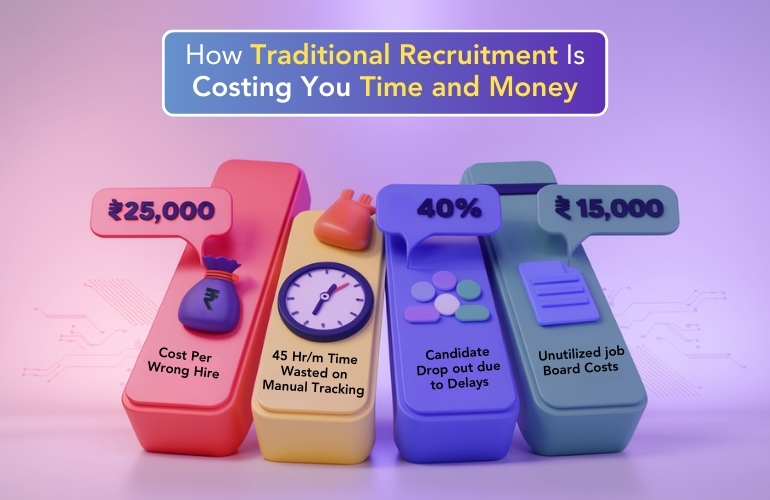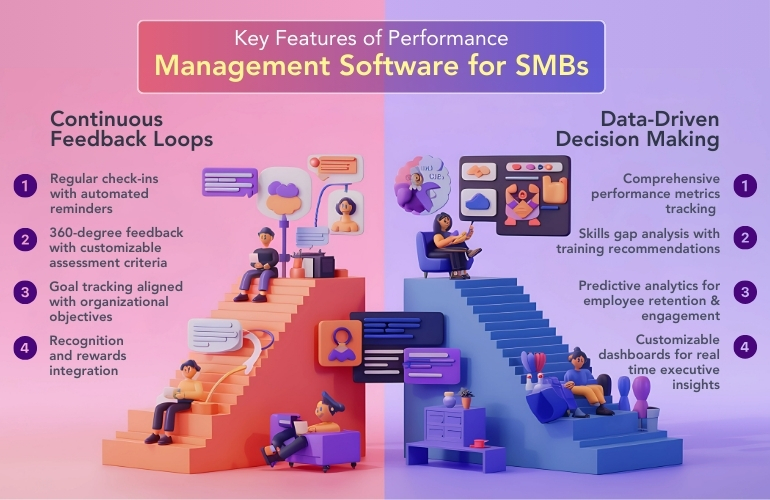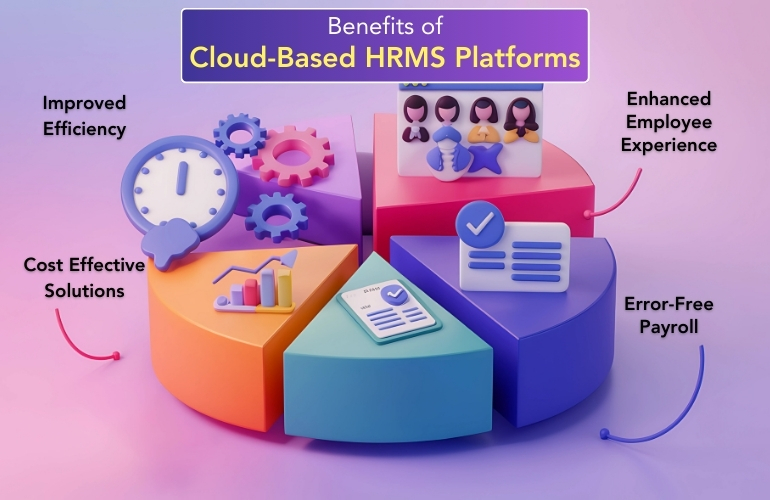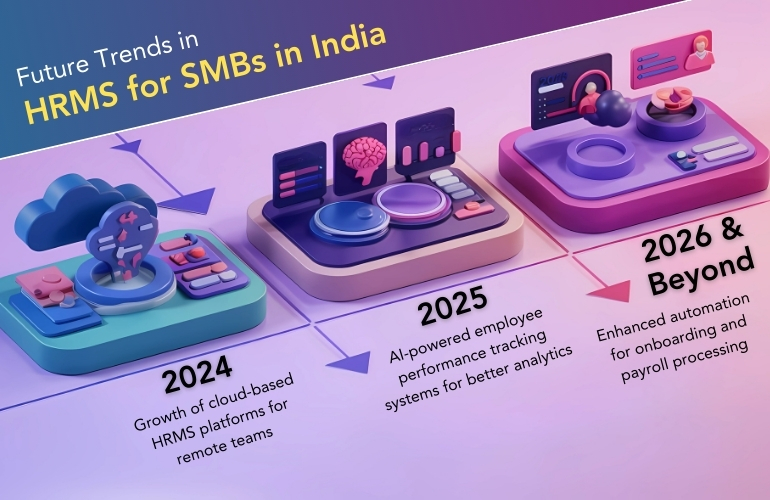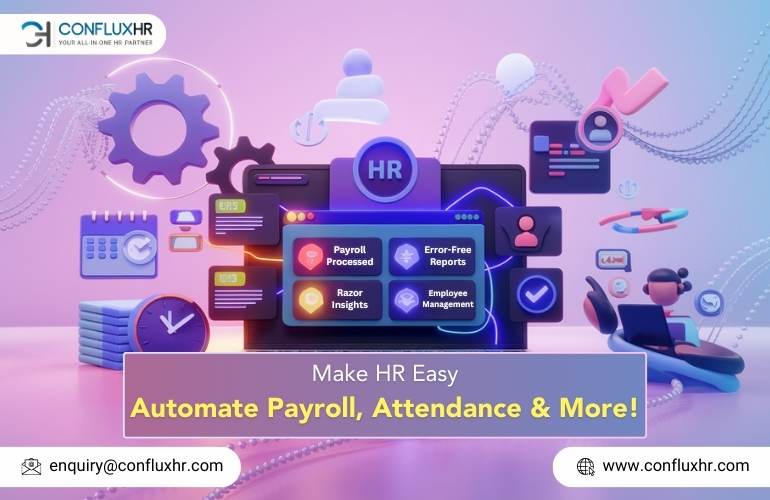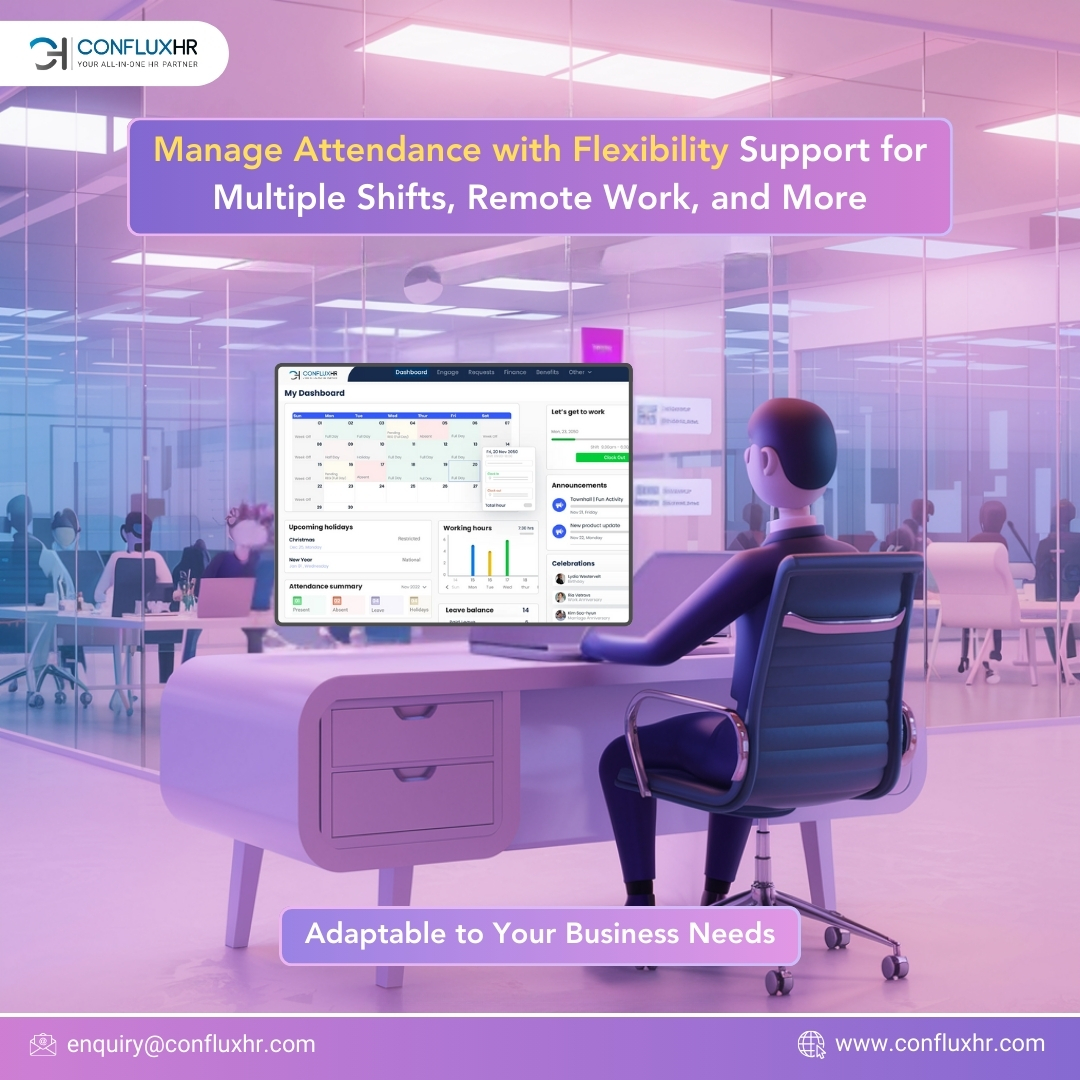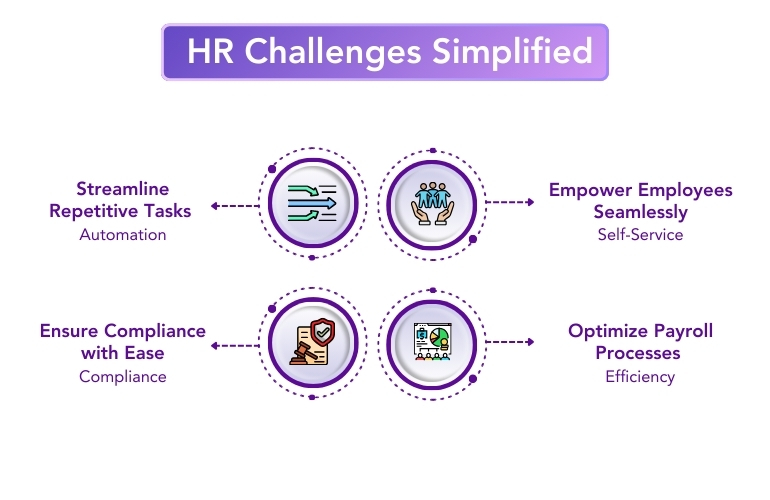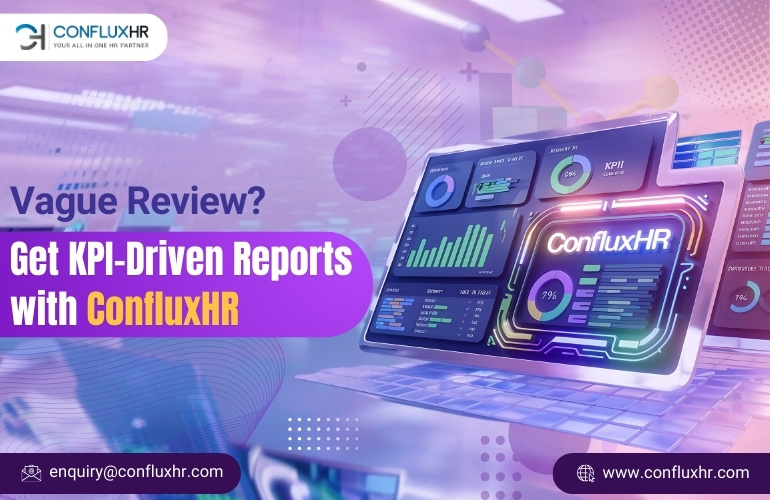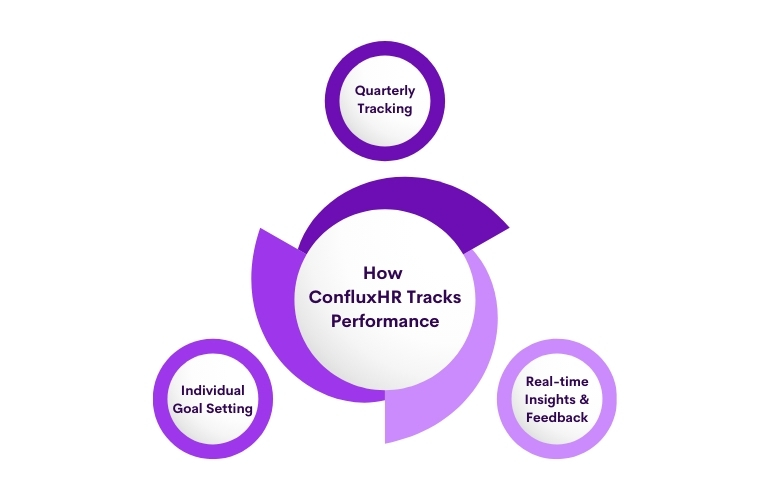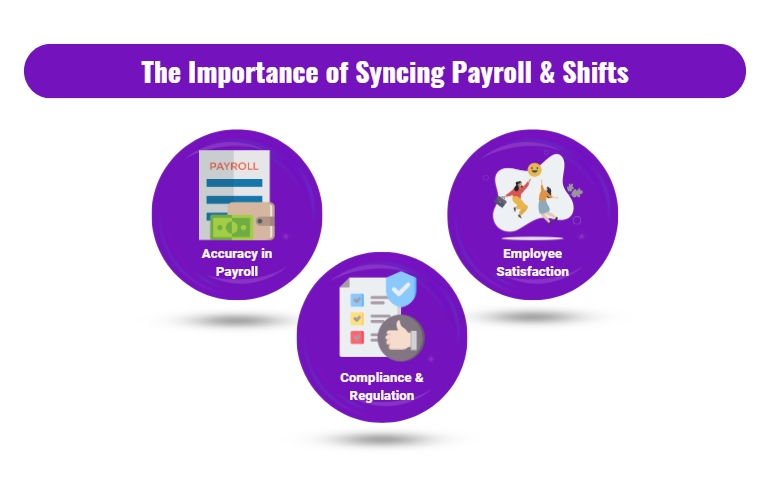Losing Talent to Competitors? Here’s the Solution
“Sir, we’ve lost another candidate to our competitor.”
If you’ve heard this line from your HR team more times than you’d like to admit, you’re not alone. Across India, from bustling Pune to emerging Indore, businesses are losing top talent simply because their recruitment process is slower than their competitors’.
But here’s the twist – some companies are now closing positions in days instead of months, and they’re doing it with half the team size. Their secret? Candidate Tracking Systems.
The Real Cost of Traditional Recruitment: Why Excel Sheets Are Eating Your Profits
Picture this: Your HR manager spends 3 hours daily updating Excel sheets, another 2 hours searching through email threads, and countless hours coordinating between department heads through WhatsApp. Meanwhile, that perfect candidate who applied last week? They’ve already accepted an offer elsewhere because your team couldn’t track their application effectively.
Let’s break down the numbers:
- ₹25,000 – Average cost per wrong hire
- 45 hours – Monthly time wasted in manual recruitment tracking
- 40% – Candidates who drop out due to delayed responses
- ₹15,000 – Monthly spend on premium job board subscriptions that go underutilized
- 30% – Increase in offer rejection rates due to slow processing
If these numbers resonate with your team, it’s time to rethink your approach.
From Chaos to Clarity: How Recruitment Management Software is Changing the Game
Remember Sharma Ji’s IT services company in Jaipur? They were grappling with the same issues until they adopted a Candidate Tracking System. The results? They’re now processing 3x more applications with the same team size, and their cost per hire has dropped by 60%.
Here’s what modern Applicant Tracking Software Online can do for your business:
Smart Resume Parsing That Actually Understands Indian Contexts
- Automatically detects and processes resumes in Hindi, English, and regional languages
- Understands Indian education systems (BE/B.Tech equivalency)
- Recognizes Indian company names and job titles without confusion
- Handles different resume formats, from simple Word docs to fancy PDFs
- Maps skills to your internal job requirements automatically
WhatsApp Integration That Makes Sense for India
- Send automated updates directly to candidates’ WhatsApp
- Schedule interviews with one click
- Get real-time candidate responses
- Share job descriptions and company info instantly
- Track message delivery and response rates
Budget-Friendly Features for Growing Businesses
- Pay only for what you use – ideal for seasonal hiring
- No fancy hardware required – runs smoothly on basic internet
- Starts at just ₹999 per month for growing teams
- Free training and support in regional languages
- Flexible payment terms tailored for startups
The “Jugaad” Guide to Implementing Candidate Relationship Management Systems
Let’s be honest – we Indians love our “jugaad” (smart workarounds). But when it comes to Candidate Relationship Management Systems, you need a solution that works right from day one.
Phase 1: The Smart Start (Week 1)
- Start with just one department (preferably your highest-volume hiring team)
- Import only active candidates – don’t overwhelm yourself with historical data
- Train your star performers first – let them become your internal champions
- Set up basic automation rules for candidate communication
- Configure your branded email templates
Phase 2: The Scale-Up (Week 2–3)
- Add two more departments
- Integrate with your favorite job boards
- Set up your first automated email sequences
- Create department-specific workflow rules
- Begin tracking key metrics like time-to-hire and cost-per-hire
Phase 3: The Game-Changer (Week 4)
- Roll out to the entire organization
- Activate advanced features like interview scheduling
- Start measuring improvements in hiring metrics
- Set up custom reports for management
- Enable mobile app access for all users
Real Stories, Real Results: How Businesses Are Winning with Candidate Tracking Systems
Meet Priya from a startup in Coimbatore:
“We were drowning in resumes and losing candidates to bigger companies. Within one month of using a Candidate Tracking System, our time-to-hire dropped from 45 days to just 12 days. The best part? We’re spending 40% less on recruitment advertising because we can track which channels work!”
Or take Rajesh’s manufacturing unit in Ludhiana:
“Earlier, department heads would complain about not getting updates on their hiring requests. Now they have a mobile app to check candidate status anytime. We’ve filled 50 positions in the time it used to take us to fill 20. Our cost per hire has dropped by 45%, and the quality of hires has significantly improved.”
Making the Switch: Your 3-Step Action Plan
- Start Today, Not Tomorrow
- Begin with a free trial – most systems offer 14–30 days
- Import 10 active positions as a test
- Measure time saved in just one week
- Calculate potential ROI using our simple calculator
- Train Smart, Not Hard
- Use our Hindi/English video guides
- Get your team certified in just 2 hours
- Access 24/7 WhatsApp support
- Join weekly group training sessions
- Scale with Confidence
- Add features as you grow
- Pay only for active users
- Upgrade or downgrade anytime
- Access advanced reporting tools
Your Next Move: From Reading to Revenue
Still reading? That means you know it’s time to stop losing candidates to competitors. Transform your recruitment from a headache into a strategic advantage with a Candidate Tracking System tailored to Indian businesses.
Take the first step: Book a free demo with our experts who understand the unique challenges of Indian SMBs. We’ll show you exactly how much time and money you can save, specific to your business size and industry.
Ready to revolutionize your recruitment? Click here to schedule your personalized demo, for instant assistance. Join the 1,000+ Indian businesses already transforming their hiring process.


